

I’ll check it out, thanks!


I’ll check it out, thanks!


I just want the communities that already exist to have more engagement. It’s pretty demoralizing making a high-effort post and getting only a handful of upvotes and no comments. And it’s like watching a hospice patient visiting a neat-sounding community and realizing all the posts are by the single moderator (and are getting less and less frequent).
I think one of the best ways for folks to contribute to the health of Lemmy would be for everyone to spend some time on “all - new” (or even “all - top hour”) on occasion. “New” on Lemmy is not the cesspool of reposts and garbage that it was on Reddit (although there is a LOT of porn if you don’t have NSFW toggled off), and the quality of the first few pages of “top hour” is usually pretty good (except again for the porn, which it turns out gets pretty decent engagement). I visit “top hour” pretty regularly, and nearly all posts that are stuck in zero-engagement/minimal-engagement pergatory are simply niche content rather than bad content.
Yeah but people don’t make a big deal about “save the deer!” and then start a cattle ranch
This is one reason why I love my native lupine plants. They occasionally get honeybee visitors, but I’ve noticed honeybees struggle with getting the flowers open to access the nectar. Bumblebee lands and his big fat body causes the flower to open right up. Gee it’s almost like they co-evolved!

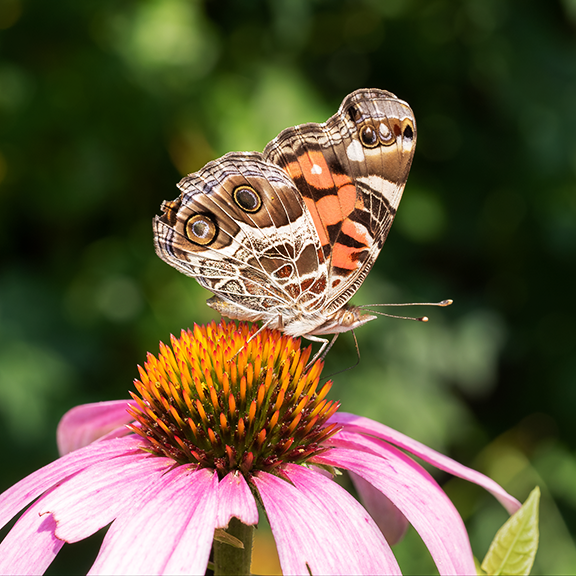
I’m not engaged in “guerrilla gardening” myself, but generally it’s recommended to scatter seeds in empty/underutilized lots, along highways, etc rather than parks, trails, and other spaces that are either maintained/monitored or are already wild. So maybe look for somewhere like these:



Good luck!


My list (United States, Pacific Northwest):
Prunella vulgaris (selfheal): can grow interspersed with grass in lawns, ala clover. Small purple flowers. Native to a wide swath of the United States. Produces tiny black seeds that look a little like poppy seeds. Evergreen and perennial in my area (zone 8-9). Appropriate for container/small-space gardening. Apparently has medicinal qualities, hence the name.
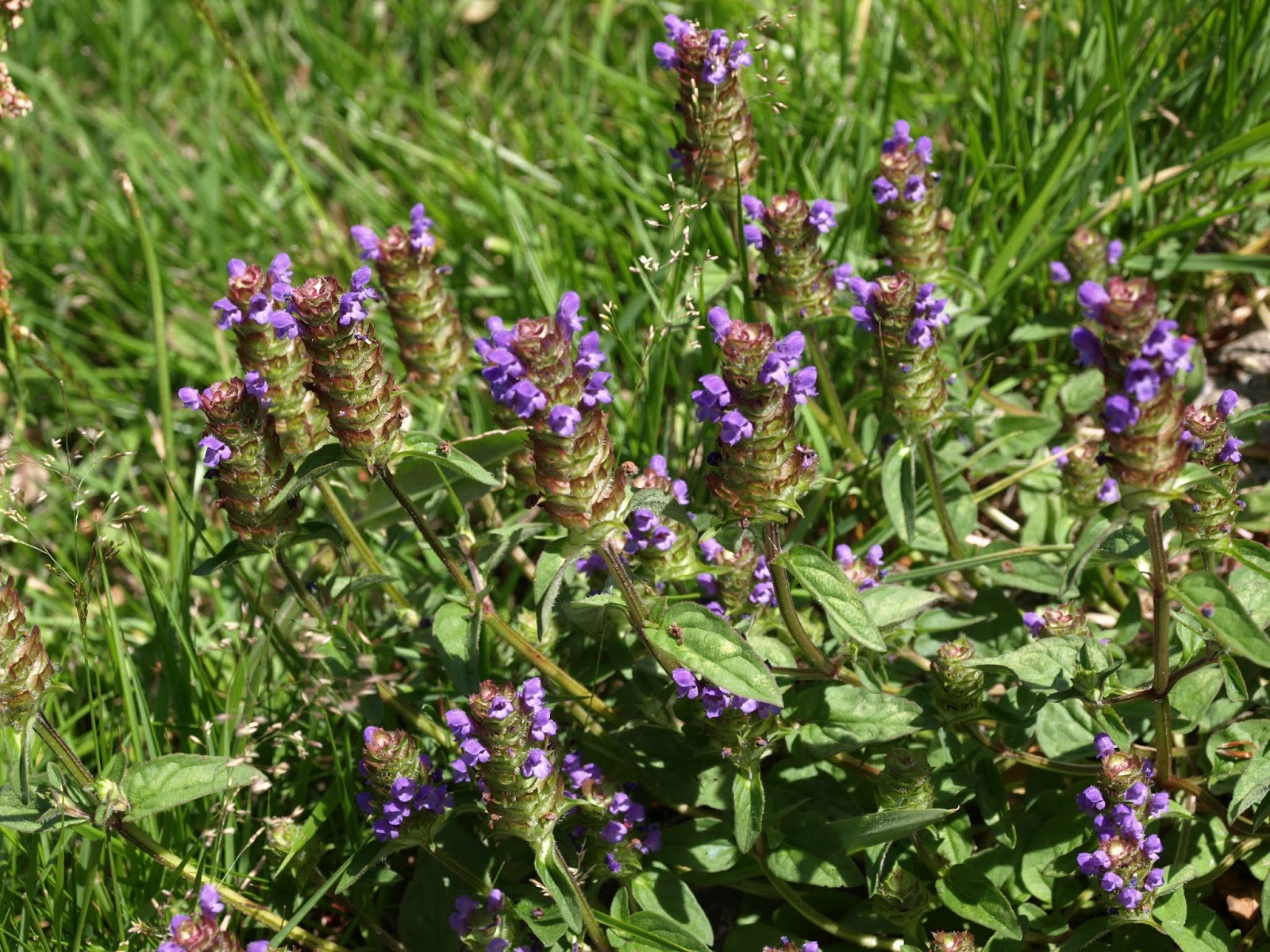
Chamerion angustifolium (fireweed): great meadow flower that can grow up to 4-6’ tall. Striking stalks of pink flowers in late summer that bees adore. Produces fluffy wind-blown seeds in autumn that are fun to watch. Dies back completely in autumn and resprouts in the spring. Established patches will grow in size every year. Flowers are edible!
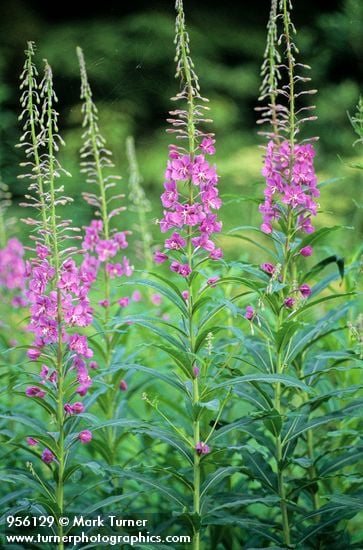
Lupine (all varieties): I’ve grown multiple varieties of lupine, from annuals that were less than a foot tall to perennials that got to be 6+ feet tall (and just as wide!). In my experience, most lupine varieties share the following traits: blue/purple/pink flower spikes in late spring that bumblebees love, they’re a magnets for aphids, which in turn attract ladybugs, they grow very quickly once established (for perennial varieties, starting in the second year), and they produce many (depending on the variety, dozens to thousands) of medium-sized seeds in pea-like pods that are easy to harvest. In my experience they appreciate frequent watering until their long taproot can hit the water table. Cold stratification of seeds does not seem necessary, although I’ve had success with scarification by taking a very sharp knife and slicing a tiny piece out of each seed’s hard outer shell. Evergreen in my area (zone 8-9). Every spring I find lots of volunteer lupine seedlings in my garden from fallen seeds. Present in much of North America, be sure to source seeds for a variety native to your area (they can become highly invasive outside their native range). (Photo is of broadleaf lupine, a west-coast species)
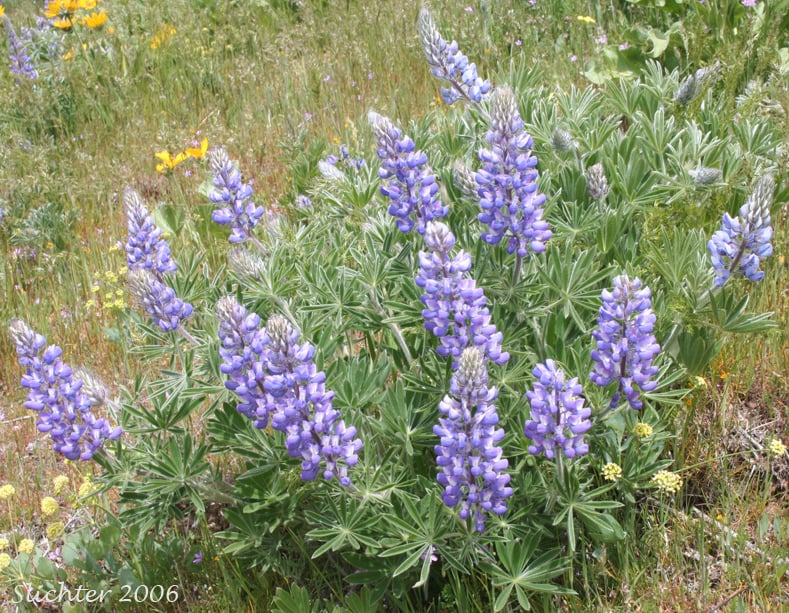
Achillea millefolium (western yarrow): native to a wide swath of the United States and in my experience stupid-easy to grow. It produces pads of tiny white (sometimes pinkish/purplish) flowers that look similar to queen anne’s lace. In my experience the flowers are very long-lived; I’ve had flowers persist into late December! Yarrow seems to mostly attract small flies and wasps (I grow them in an attempt to attract beneficial wasps to my vegetable garden). Mostly evergreen in my area (zone 8-9); temps around 20F seem sufficient to knock them back, but they rebound quickly. I’ve managed to grow them in large containers, although they would probably be happier in the ground.
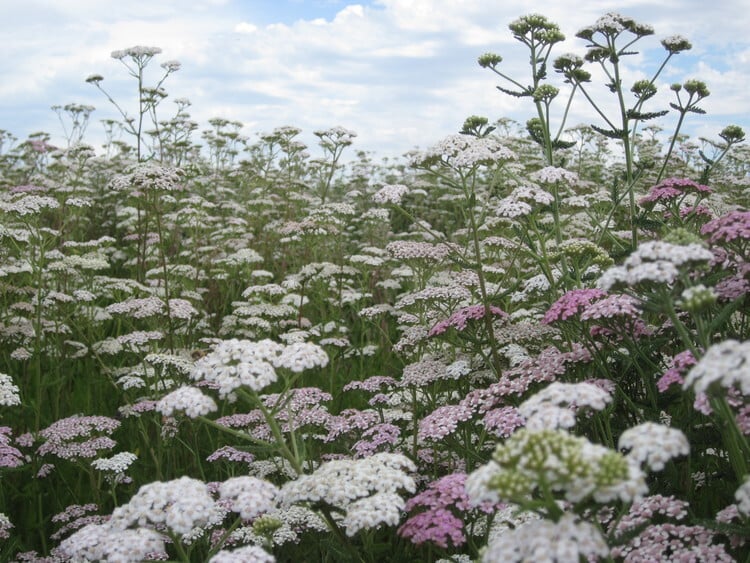


You’re generally not going to find many native plants in big box stores (or often you’ll find non-native varieties of native plants); online shopping is really your best bet for seeds, and local garden shops (vs national chains) for starts.
For your region, Prunella vulgaris aka selfheal, is a good option for scatter-and-forget. The plants are a little shorter, so they will grow in mowed grass lawns like clover does, although if they’re not mowed they’ll get to about a foot tall (this means they may struggle to survive if planted among tall grasses/shrubs). Each plant produces many seeds each summer, so the seeds are small and plentiful. The purple flowers are small but pretty splashes of color. In my region (PNW) they are evergreen. On the taller side, Chamerion angustifolium aka fireweed, is another easy-grower. It grows 4-6 feet tall and produces stalks of lovely pink flowers that bees absolutely adore, and fun wispy seeds in the autumn. The plants die back entirely every autumn and resprout in the spring, propogated by both root and wind-blown seed. They make lovely clumps that are good along fences or a sunny corner of the yard, and can grow in more crowded meadow-like conditions. My final recommendation for a seed-scattering choice is lupine; there are many lupine varieties so make sure you get the right one for your area. It looks like Lupinus perennis aka sundial lupine is native to most of PA and is a smaller, more manageable variety (some lupine varieties can get to be 6+ feet tall and just as wide!). Bees also love lupine flowers, and lupine are less wild-looking than selfheal or fireweed, in case you have neighbors who care about that kind of thing (lupine are popular garden flowers). My final recommendation is Asclepias syriaca, aka common milkweed. This is a critical plant for monarch butterflies (it’s the only plant the caterpillars can eat), but it has questionable benefit for other insects so don’t plant it in isolation. It also is toxic, so keep it away from where children or pets play. The plants die back in autumn and resprout in the spring. All the above recommended plants produce many seeds every year (and many are perennial or will resprout from established roots) so once they’ve gotten established you should be good to go. I know you said you want to be hands-off, however giving them a little help during their first year will greatly increase success rates; this means clearing away competing vegetation and watering during dry spells (as well as being strategic where you scatter seeds, rather than blindly yeeting them wherever).
In doing this research I stumbled across https://www.keystonewildflowers.com/, which is based in SE PA; I’m sure they have additional recommendations for you!
Generally for toss-the-seeds species I recommend spreading the seeds in the autumn (you can try a few handfuls once a month from August to October) to best simulate what happens in nature. You can also try again in early spring (March and April). Some plants (e.g. milkweed) require a cold cycle before the seeds will sprout, while for others it doesn’t seem to make a difference. Where you sprinkle the seeds makes a big difference; most flowering plants like sunlight, and too much competition from tall grasses/shrubs/trees will prevent growth.


I don’t know of any seed bomb companies per se, but there are numerous plants that I can think of off the top of my head that grow relatively easily from seed, even with minimal care. Can’t give you any specific recommendations without knowing where you live, but in my experience where I live (PNW) fireweed, lupine, yarrow, rabbit brush, milkweed, and selfheal are easy to grow from seed. Miner’s lettuce also grows easily from seed, although I don’t know if it’s beneficial to insects (the leaves are edible, however! Hence the name)
For where to source the seeds, it’s best to find a place as close as possible to where you live. Plant starts are expensive to buy online (cuz shipping) but seeds are usually pretty cheap. Some example companies I’ve bought from before that have expansive native seed catalogues: https://westernnativeseed.com (Colorado), https://klamathsiskiyouseeds.com/ (South-Central Oregon), and http://www.insidepassageseeds.com/ (NW Washington). There are some directories of native seed companies out there, but many are out of date. Best bet is to do an Internet search for [your state] + native seeds and see what pops up, or to search for [desired plant] + seed for sale and select the location closest to you. Most of these companies are passionate and knowledgeable about native plants and may be able to give you curated advice on the easiest-to-grow seeds they carry for your region.


Arcane, the animated Netflix show that was based on League of Legends.


Yeah you need to zoom in on the native range map so it switches from state view to county view, but the info is there. At least that’s a pretty sweet shrub!
I thought this was going to be about turmeric’s lead contamination problem…
Oh, that makes a lot of sense! They make the soil too fertile, which allows plants that normally shouldn’t be able to live there to be successful and push out the poor-soil-adapted native species. It’s like irrigating a desert: all the drought-tolerant natives will get out-competed by water-loving plants.
To add to this: wait until the pods are brown and dried and close to popping open; if you’re uncertain, they start popping open from the bottom up so you can wait until a few pods have popped, then harvest seeds from the rows above them.
To plant, you can spread a handful of seed in the desired spot in the fall (depending on your climate and when exactly you spread them, they’ll either begin sprouting in the late fall or spring). I’ve also had great success planting them in pots in early-to-late spring; I’ve heard they require “scarification” so I take a very sharp knife and slice off a tiny part of the seed’s hard shell. It’s finicky work and not necessary, but does improve germination rate. I’ve also experimented with cold stratification, but that seems unnecessary for the varieties I’ve grown (Western Washington State natives). Once a plant is established in your yard and begins dropping its own seeds, you’ll have tons of little volunteers every year.
There are many, MANY species of lupine, from 6ft+ globes to tiny rock/sand dwellers only a few inches tall. Some species are annuals and some are perennials (although the perennials can be quite short-lived, only a few years). I’ve successfully grown some of the smaller varieties in containers, but many lupine have extremely long taproots and will struggle if confined. They do best when given an area that they can take over/dominate; think of it more like a lupine patch rather than an individual lupine plant.
While they’re a bit more wild than your standard garden plant, lupine are fantastic additions to any garden where they’re locally native (much of North America… but make sure to select a species local to your area; they’re aggressive invasives outside their native range!). Besides their unique foliage and beautiful flowers, they are a bumblebee favorite! Plus the perennials are evergreen in more mild climates (zones 9+ or so?)
I think you have the nitrogen thing backwards: lupine are nitrogen-fixers, meaning they pull nitrogen from the air and put it in the ground where non-nitrogen-fixing plants can access it.* However you’re correct that they’re invasive in Europe, and multiply quickly and aggressively (a single plant will produce thousands if not tens of thousands of seeds every year). I’ve heard that despite this they were intentionally introduced to Iceland to help revegetate the barren landscape after many failed attempts at reforestation (despite being known for its wide open spaces, Iceland used to be a giant forest… before humans cut down all the trees). The idea is for the lupine, which grow splendidly there, to be the first line of revegetation, to be later replaced by native species, kind of like cover-cropping in agriculture. We’ll have to wait and see if this Hail Mary approach works out…
*Nitrogen-fixing is way more complicated than I’m describing here, especially in a non-agricultural setting such as the wild. I know that in agriculture, to get the most benefit from your nitrogen fixers it’s best to not let them go to seed, something that obviously happens all the time in the wild.


Basically all the media.
There is (or at least was) a special kind of joy in discovering a new piece of media (movie, TV, book, video game, comic, etc), getting to the end, and hopping over to the relevant subreddit to sort by “top of all time.” Bonus points if you loved the series and would get to essentially relive it all over again through the sub, but even media that you hated or were neutral about could be fun subs to peruse; maybe you would get to revel in seeing something you hated turned into a meme highlighting how stupid it was, or get to feel justified in your negative assessment upon reading an epic rant from another user; maybe instead you’d find hidden details or explanations pointed out by other users that made you reassess the work (“huh, I though that was a stupid plothole but it actually was perfectly explained by that one scene that apparently went over my head”). The ATLA subs especially were treasure troves of tiny details and “holy shit I just noticed on my fifth rewatch” posts that really elevated my opinion (and thereby enjoyment) of a series I was initially kind of “meh” on.
When I think about what it would take to feel like Lemmy had sufficiently replaced Reddit for me, the number one practical answer is for comprehensive news (political, world, cultural, meme, etc… Reddit really did at one point feel like “the front page of the Internet” if there ever was one), and the second is to have the critical mass to be able to ask a question and get a good recommendation for any specific product or service, via regional subs, hobby subs, etc (although thanks to LLMs and corporate astroturfing that may simply be a bygone part of the Internet). But the “fun” answer is to have the critical mass for a wide range of specific fandoms.
Confirmed. There are many, many lupine species, however, and each have their own growing conditions. So I’m not sure about the “sandy soil” bit (likely it’s because the seedlings do better in sandy soil?). A single lupine plant will produce thousands (tens of thousands?) of seeds each year, and the plants mature quickly; some are annuals, but even the perennials grow at a prodigious rate once established in the right conditions. Because of their ability to fix nitrogen (take nitrogen from the air and store it in the soil where other plants can access it), as well as reproduce and spread quickly in the right conditions (i.e. lacking competition) they are used in places with severely depleted soil to revegetate; they were introduced in Iceland for this purpose with resounding success, although now they have the problem of a prolific non-native species.
The replier doesn’t even know the plural for “company”
Why are we elevating this anti-intellectual drivel?
Hedgehogs of the sea. Their babies even look the same!
“Hoshi-zuna no Hama” (星砂の浜) literally means “Star-sand Beach”
You’re completely correct on the exposed demand issue. I would also add that in most cities (in the United States anyway) hotels can only exist in very specific corners of the city due to zoning, often in just three places: downtown (expensive!), the suburbs (so not even in city limits), and “motel alley” (which is usually an old highway in askeevy part of town lined with mid-20th century fleabag accommodations that are slowly being abandoned/bulldozed). For some cities this isn’t an issue, but in others it’s a problem for accessing the tourist attractions, especially if the tourists in question don’t have a rental car. Then there are the non-tourist visitors to consider: if you’re in a city to visit family, you’re probably going to want to stay as close to them as possible. Same with a lot of business travelers. This is a bit of a conundrum when the nearest hotel (or affordable/decent hotel) is a 30 minute drive away.